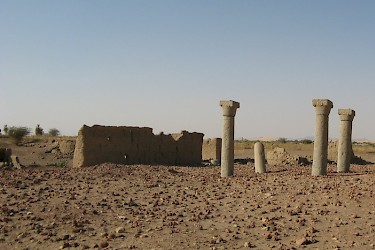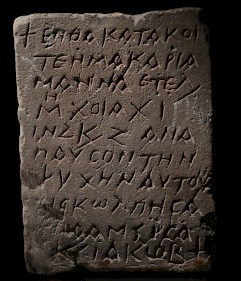Late Ancient Nubia
Q3877585Nubia: name of the country south of Egypt, more or less identical to modern Sudan. In ancient times, there were three Nubian kingdoms, which are named after their capitals: Kerma, Napata, and Meroe. Other names are Kush and Ethiopia.
Late Antiquity

In the late third century, things started to change. New tribes arrived, like the Blemmyes, who settled in the Dodecaschoenus. The Roman emperor Diocletian (r.284-305) responded by inviting another group of invaders, originating in the western desert and called the Nobatae, to settle in the valley of the Nile.note Indeed, they pushed away the Blemmyes to the land between the Nile and the Red Sea. The Nobatae also invaded the kingdom of Meroe, which fell apart, and threatened the kingdom of Axum in the highlands of Ethiopia. Here, they were repelled.

Although Meroite rule had come to an end, the area was not completely destabilized by the raids of the Blemmyes and Nobatae. Royal funeral mounds in Lower Nubia prove that the Nobatae created a stable kingdom of their own. The capital was Pachoras. Although this kingdom was Christian, pilgrims continued to visit the temple of Isis on the isle of Philae, until the emperor Justinian ordered its closure.note
A bit more to the south, beyond the Third Cataract, the kingdom of Meroe was succeeded by the kingdom of Macuria, which had Dongola as its capital. In the seventh century, it would merge with the Nobatan kingdom. In the deep south, beyond the Sixth Cataract, Meroe was succeeded by the kingdom of Alodia, which had Soba as its capital.